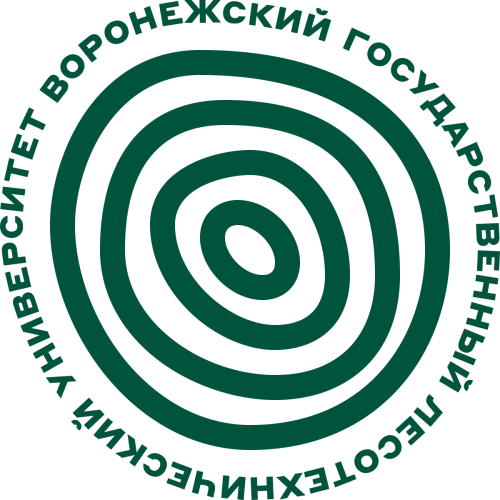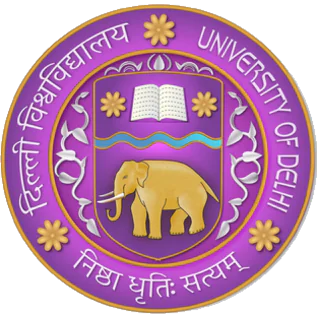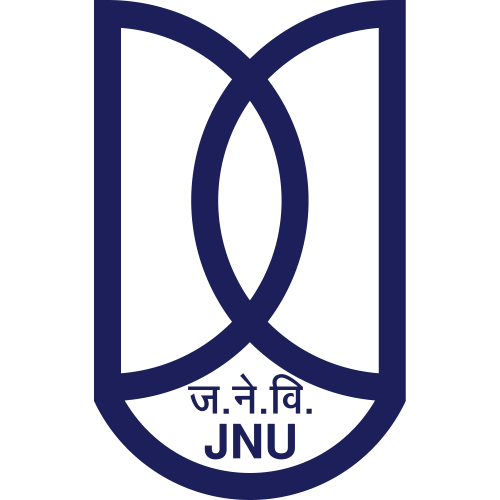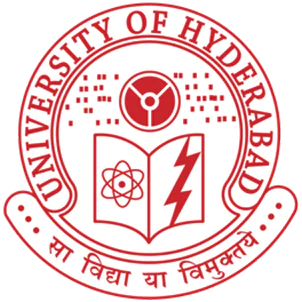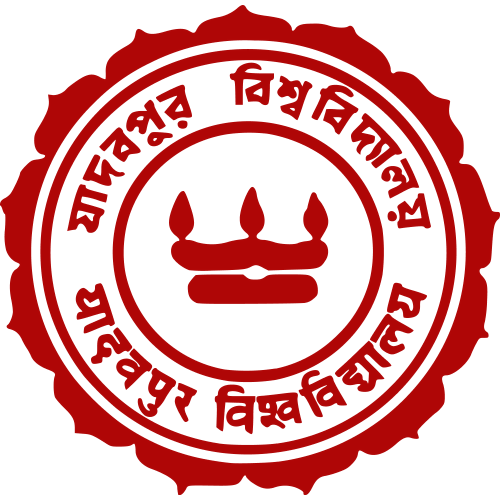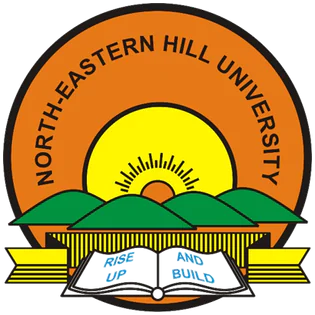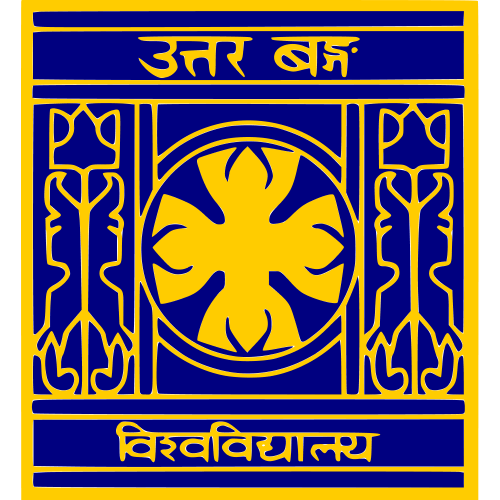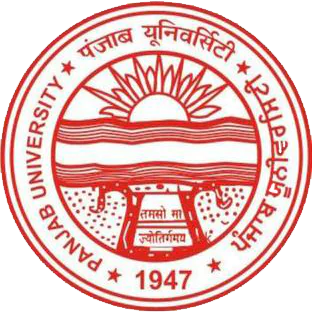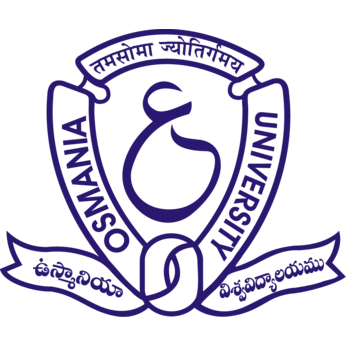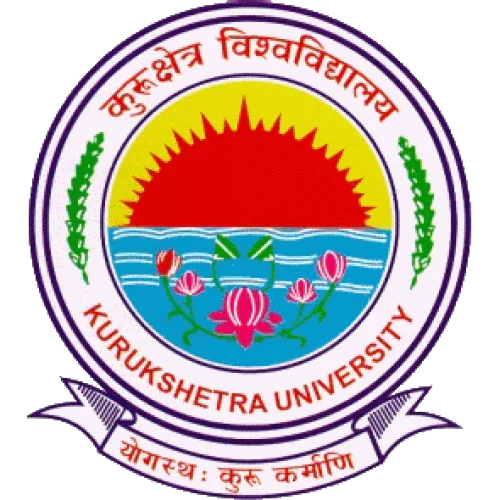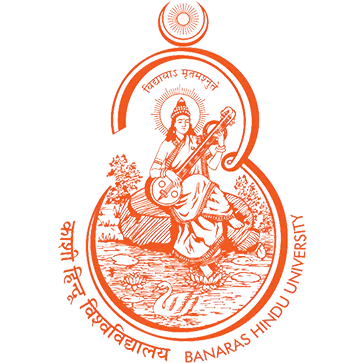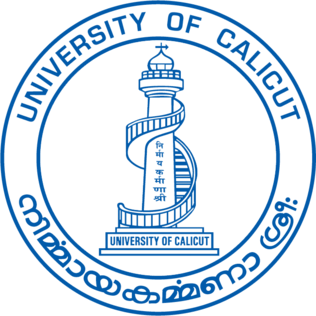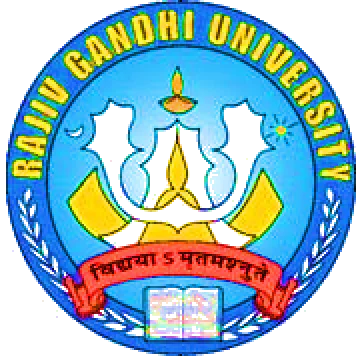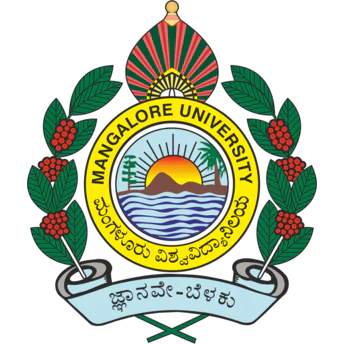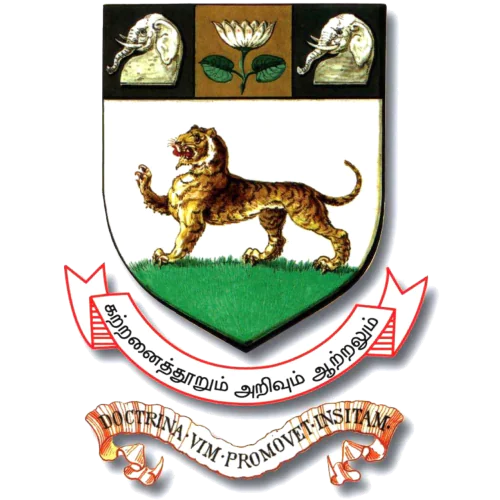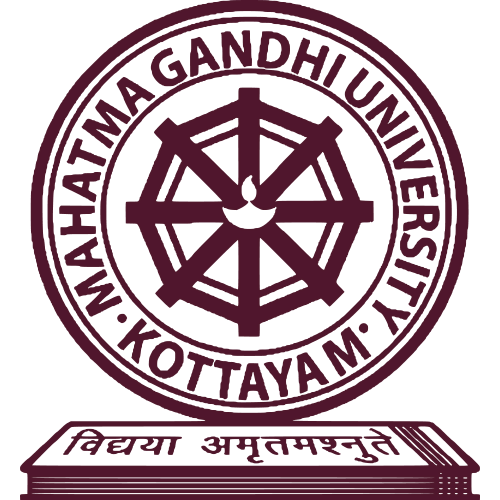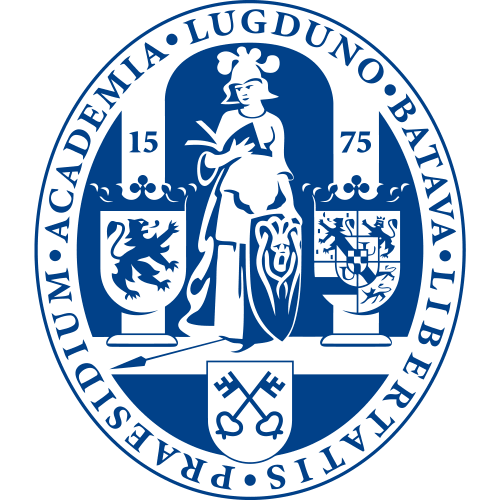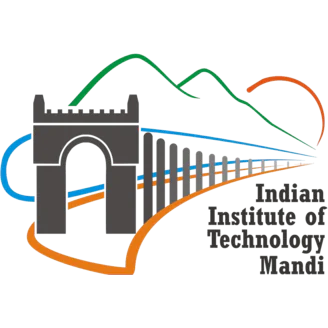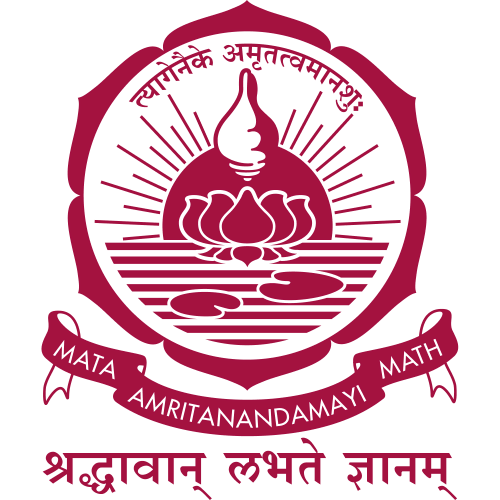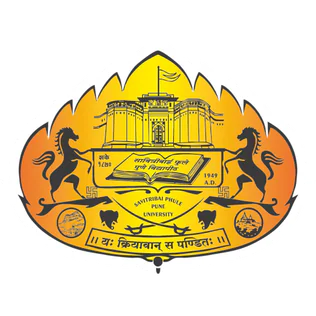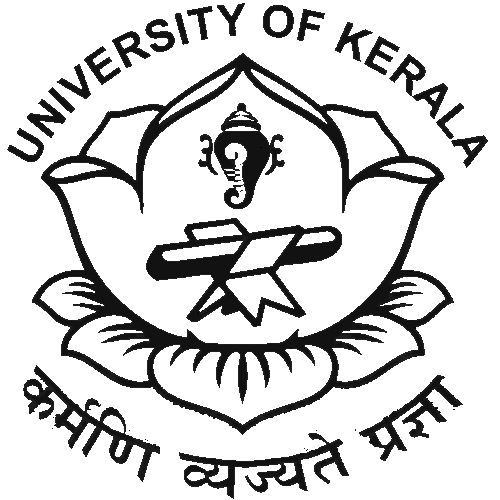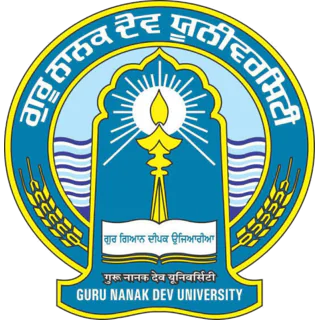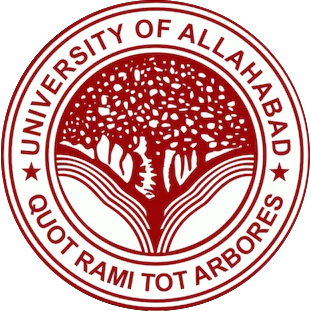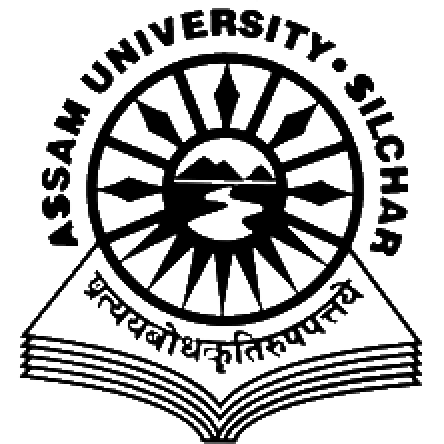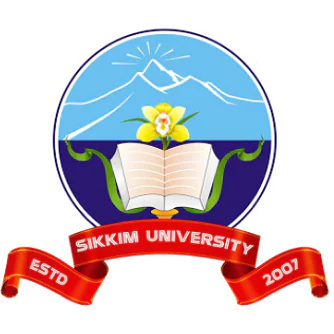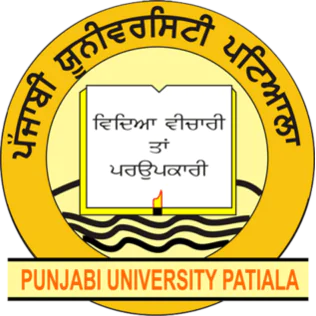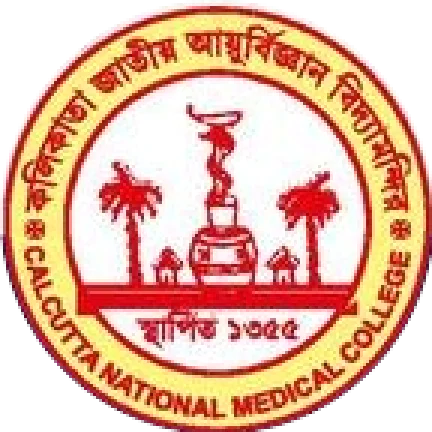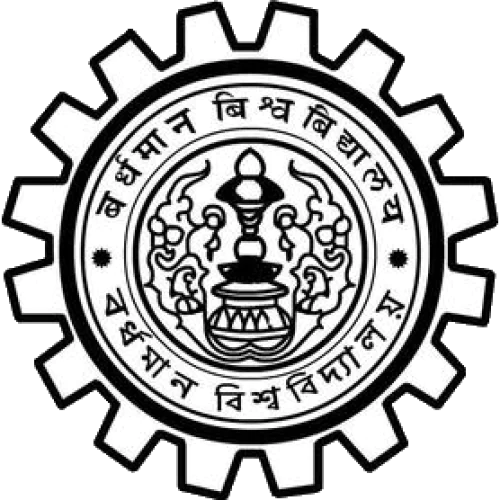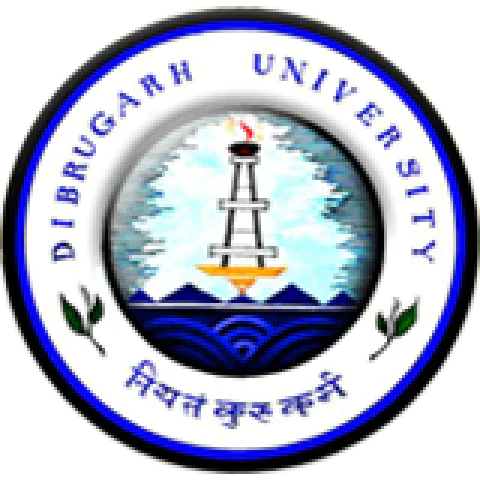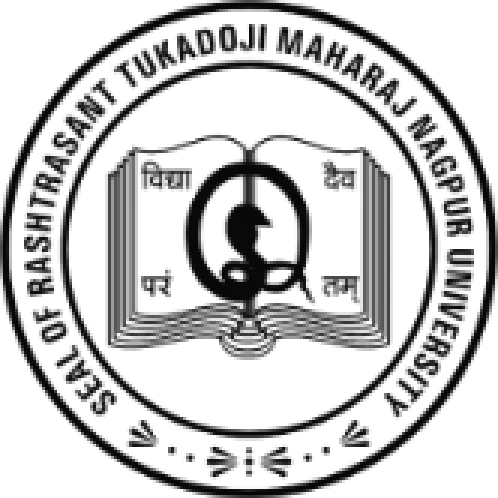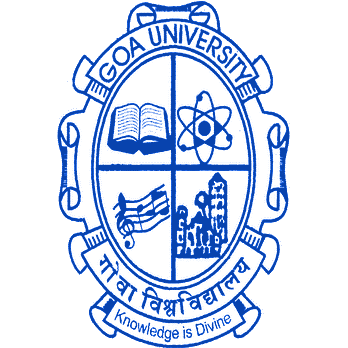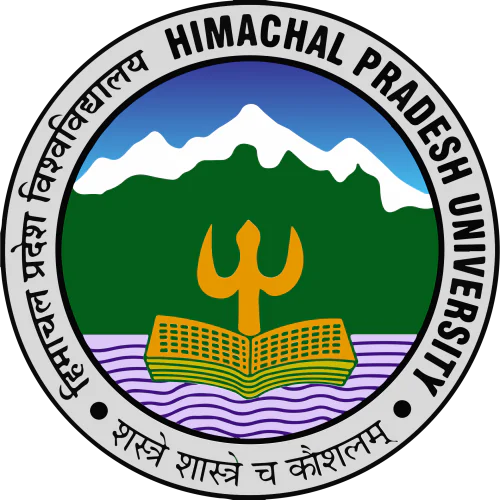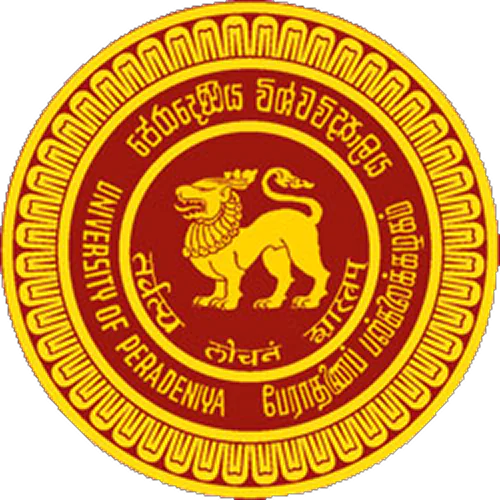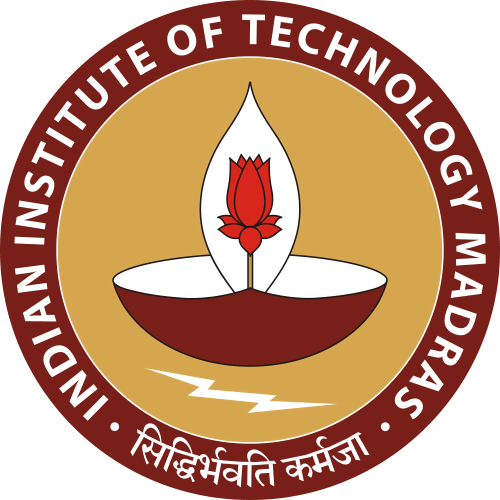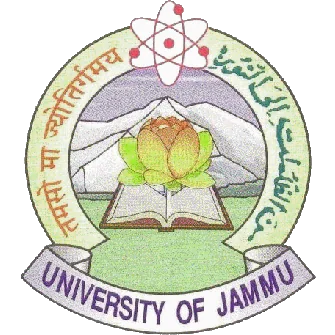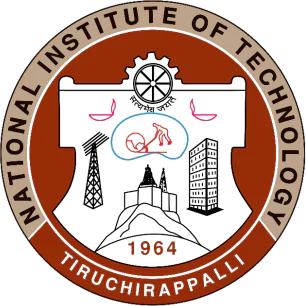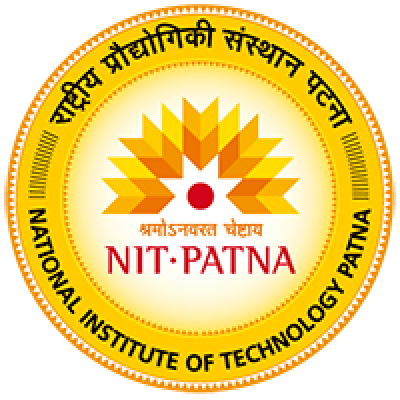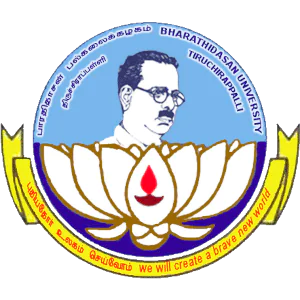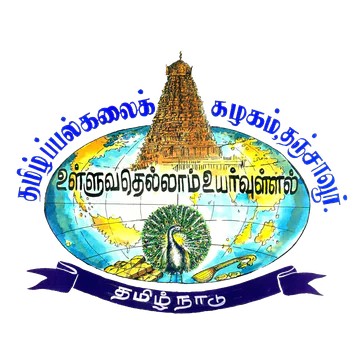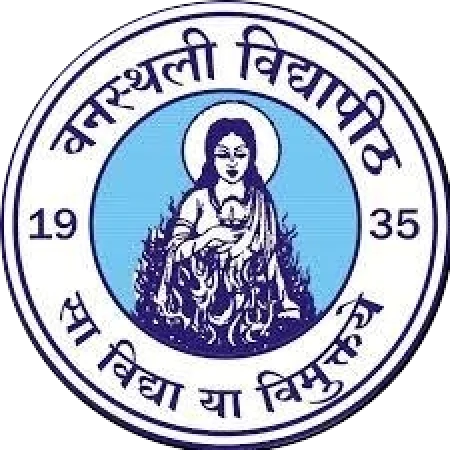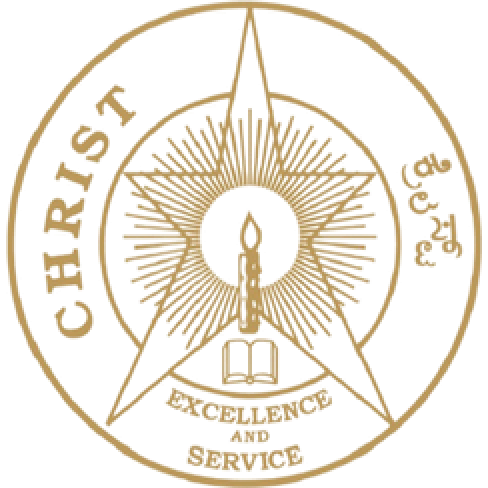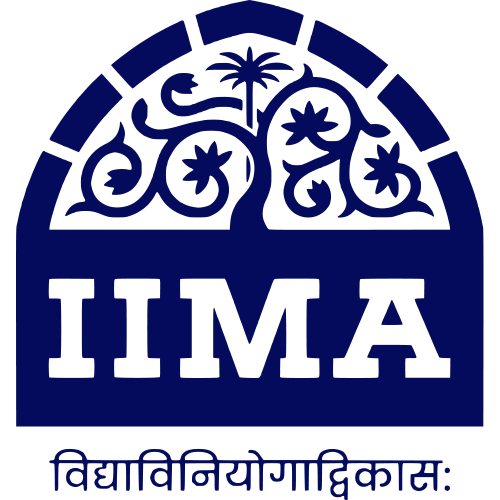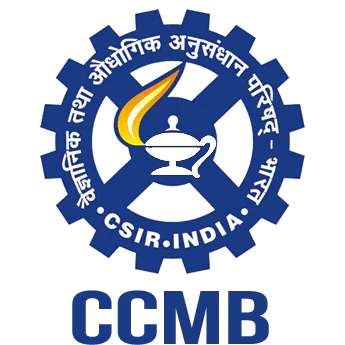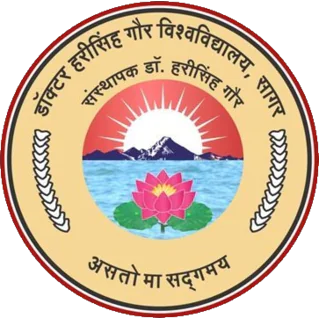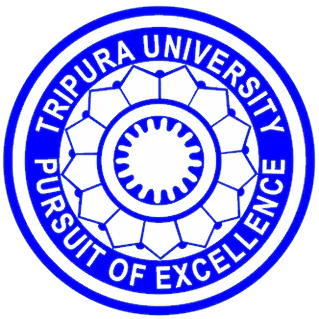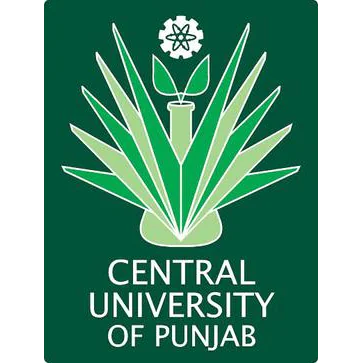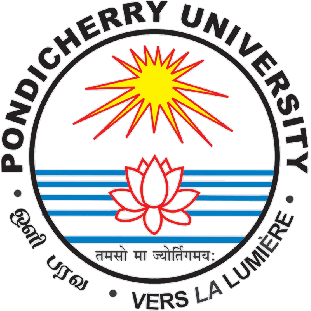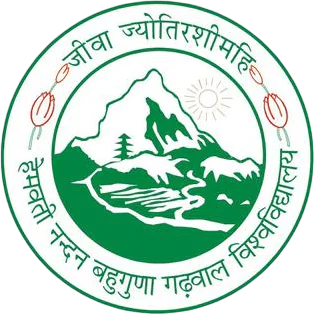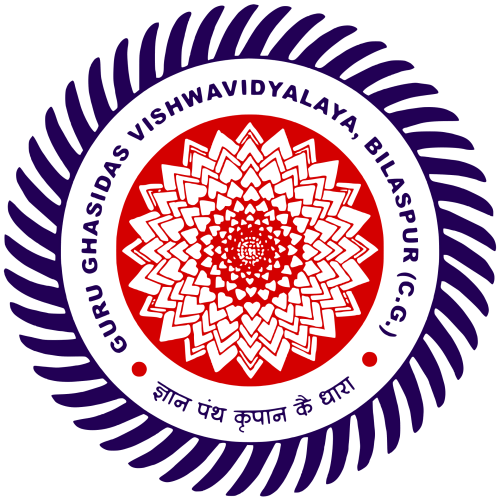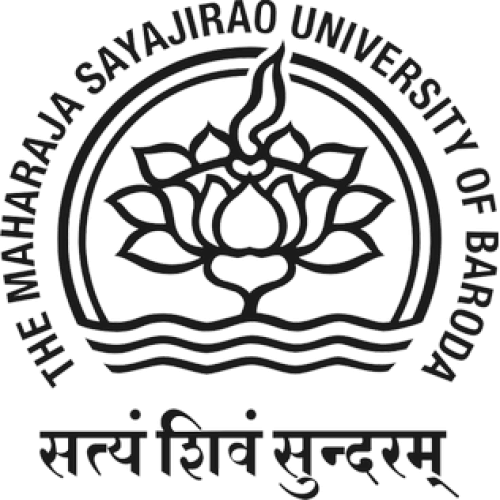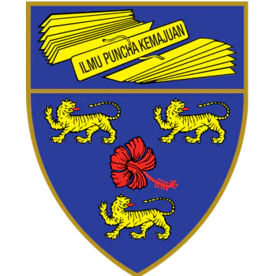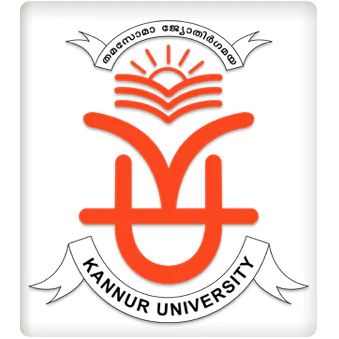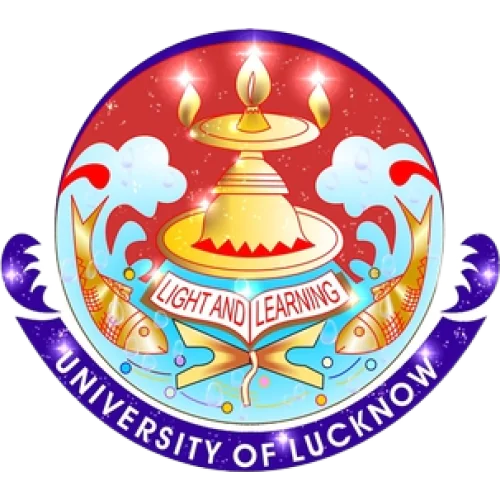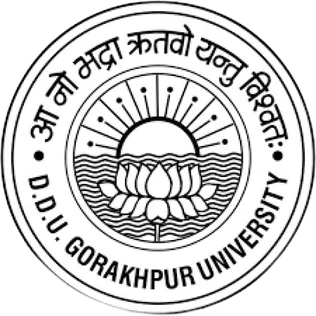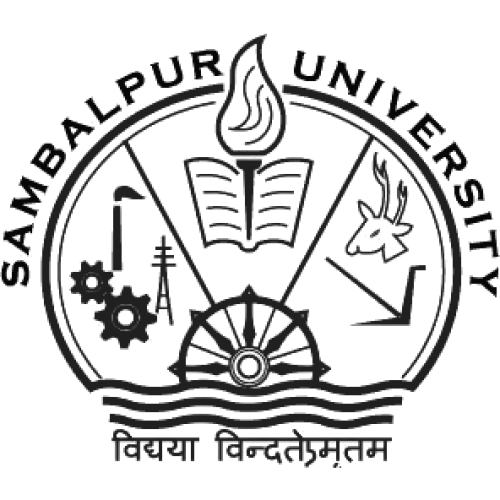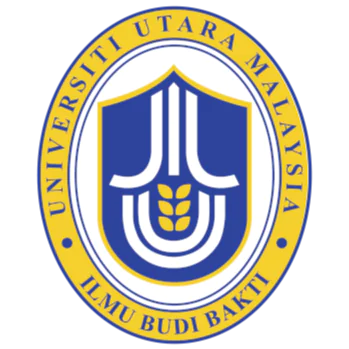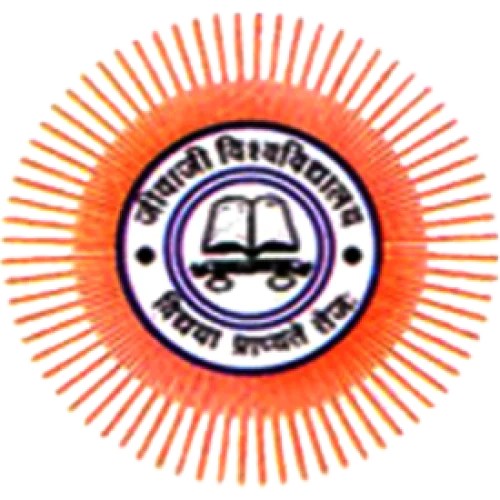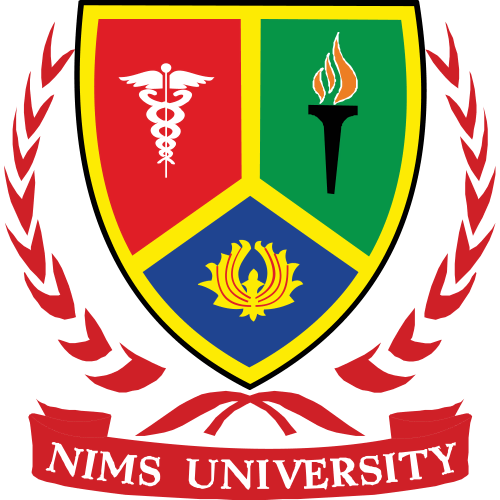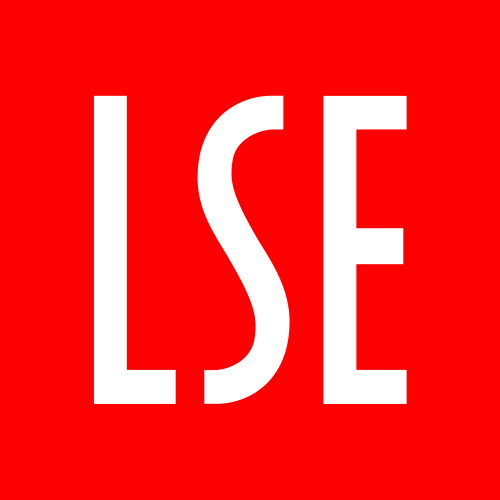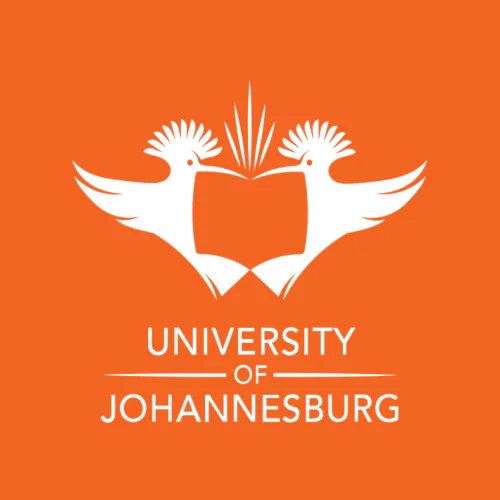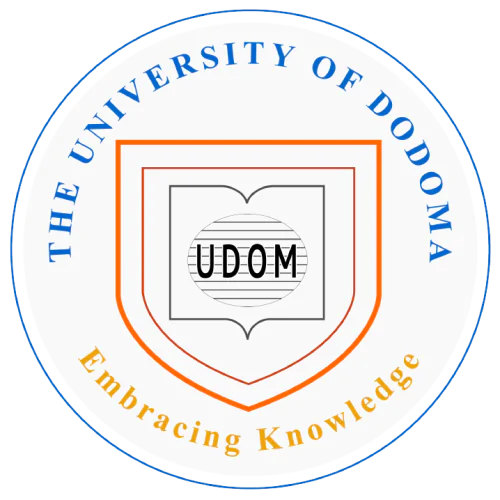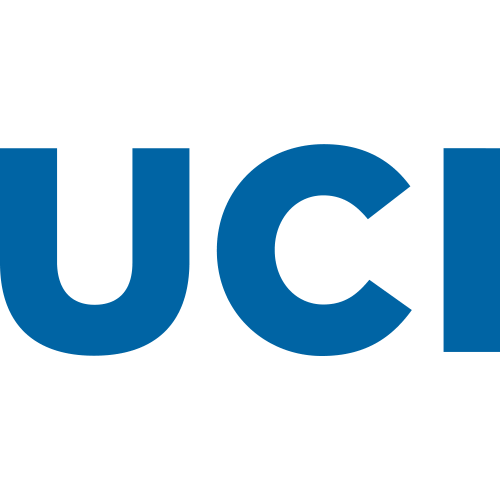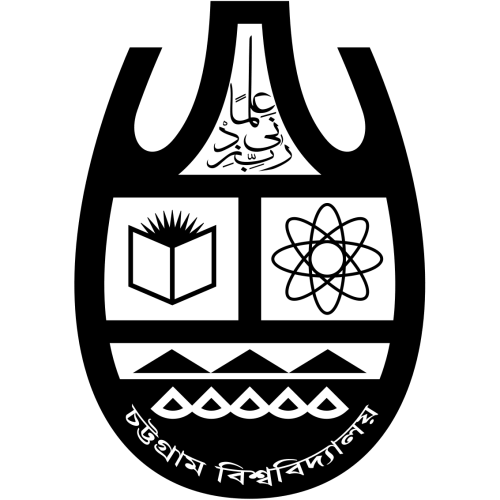Are you a researcher?
Create a profile to get free access to personal recommendations for colleagues and new articles.
SCImago
Q4
WOS
Q4
Impact factor
<0.1
SJR
0.104
CiteScore
0.1
Categories
History
Areas
Arts and Humanities
Years of issue
1999, 2001, 2015-2025
journal names
Indian Historical Review
INDIAN HIST REV
Top-3 citing journals

Indian Historical Review
(29 citations)

Indian Economic and Social History Review
(20 citations)
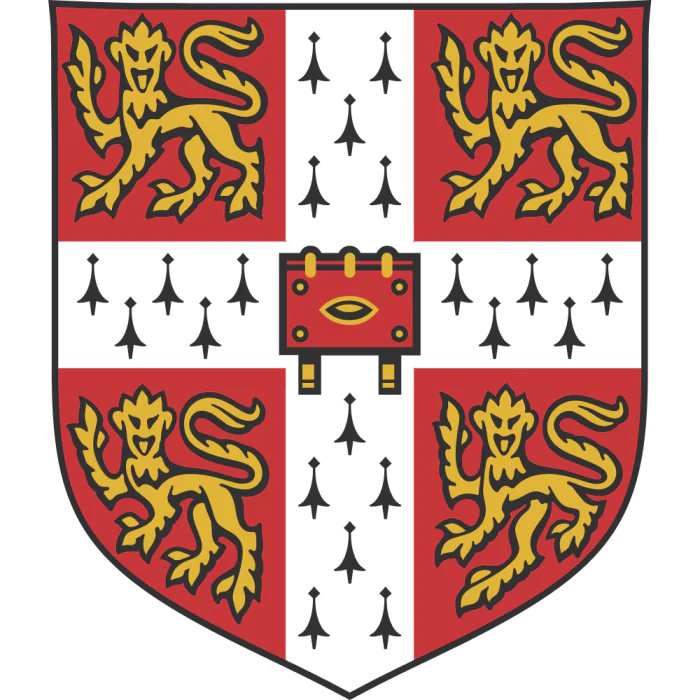
Modern Asian Studies
(15 citations)
Top-3 organizations
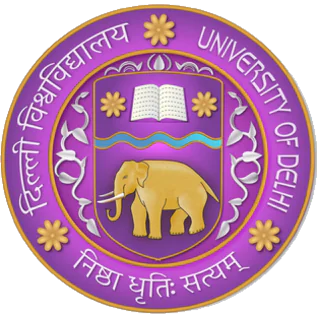
University of Delhi
(172 publications)
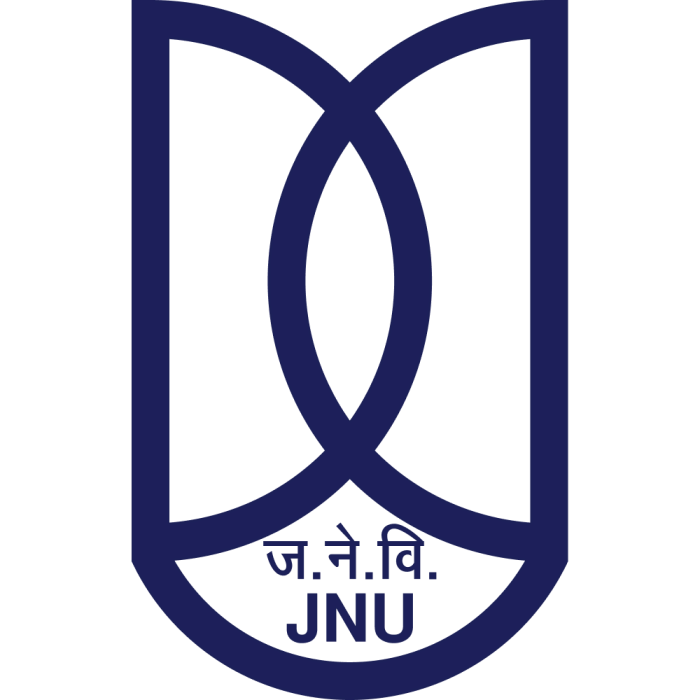
Jawaharlal Nehru University
(46 publications)

University of Calcutta
(40 publications)

University of Delhi
(22 publications)

Jawaharlal Nehru University
(7 publications)

University of Calcutta
(6 publications)
Top-3 countries
Most cited in 5 years
Found
Nothing found, try to update filter.
Found
Nothing found, try to update filter.
Top-100
Citing journals
Citing publishers
Publishing organizations
Publishing organizations in 5 years
Publishing countries
|
100
200
300
400
500
600
700
|
|
|
India
|
India, 620, 60.72%
India
620 publications, 60.72%
|
|
USA
|
USA, 14, 1.37%
USA
14 publications, 1.37%
|
|
United Kingdom
|
United Kingdom, 9, 0.88%
United Kingdom
9 publications, 0.88%
|
|
Russia
|
Russia, 8, 0.78%
Russia
8 publications, 0.78%
|
|
Netherlands
|
Netherlands, 5, 0.49%
Netherlands
5 publications, 0.49%
|
|
Japan
|
Japan, 4, 0.39%
Japan
4 publications, 0.39%
|
|
Germany
|
Germany, 3, 0.29%
Germany
3 publications, 0.29%
|
|
Canada
|
Canada, 3, 0.29%
Canada
3 publications, 0.29%
|
|
Australia
|
Australia, 2, 0.2%
Australia
2 publications, 0.2%
|
|
Iran
|
Iran, 2, 0.2%
Iran
2 publications, 0.2%
|
|
Malaysia
|
Malaysia, 2, 0.2%
Malaysia
2 publications, 0.2%
|
|
New Zealand
|
New Zealand, 2, 0.2%
New Zealand
2 publications, 0.2%
|
|
Pakistan
|
Pakistan, 2, 0.2%
Pakistan
2 publications, 0.2%
|
|
Sri Lanka
|
Sri Lanka, 2, 0.2%
Sri Lanka
2 publications, 0.2%
|
|
China
|
China, 1, 0.1%
China
1 publication, 0.1%
|
|
Bangladesh
|
Bangladesh, 1, 0.1%
Bangladesh
1 publication, 0.1%
|
|
Brazil
|
Brazil, 1, 0.1%
Brazil
1 publication, 0.1%
|
|
Italy
|
Italy, 1, 0.1%
Italy
1 publication, 0.1%
|
|
Nepal
|
Nepal, 1, 0.1%
Nepal
1 publication, 0.1%
|
|
Tanzania
|
Tanzania, 1, 0.1%
Tanzania
1 publication, 0.1%
|
|
Philippines
|
Philippines, 1, 0.1%
Philippines
1 publication, 0.1%
|
|
South Africa
|
South Africa, 1, 0.1%
South Africa
1 publication, 0.1%
|
|
100
200
300
400
500
600
700
|
Publishing countries in 5 years
|
10
20
30
40
50
60
70
80
90
100
|
|
|
India
|
India, 94, 57.32%
India
94 publications, 57.32%
|
|
Russia
|
Russia, 3, 1.83%
Russia
3 publications, 1.83%
|
|
USA
|
USA, 2, 1.22%
USA
2 publications, 1.22%
|
|
Iran
|
Iran, 1, 0.61%
Iran
1 publication, 0.61%
|
|
Canada
|
Canada, 1, 0.61%
Canada
1 publication, 0.61%
|
|
Malaysia
|
Malaysia, 1, 0.61%
Malaysia
1 publication, 0.61%
|
|
Pakistan
|
Pakistan, 1, 0.61%
Pakistan
1 publication, 0.61%
|
|
Sri Lanka
|
Sri Lanka, 1, 0.61%
Sri Lanka
1 publication, 0.61%
|
|
10
20
30
40
50
60
70
80
90
100
|
















